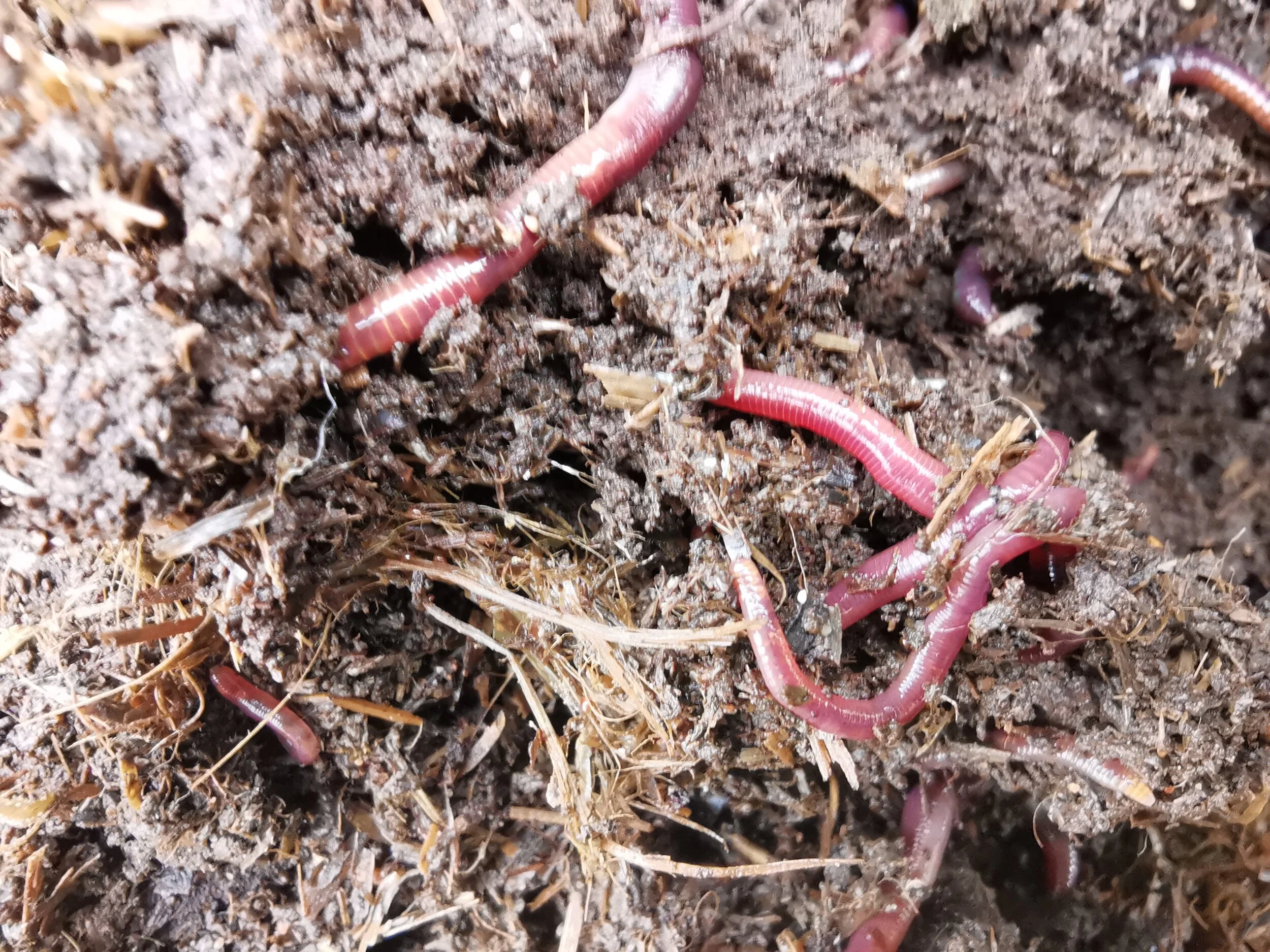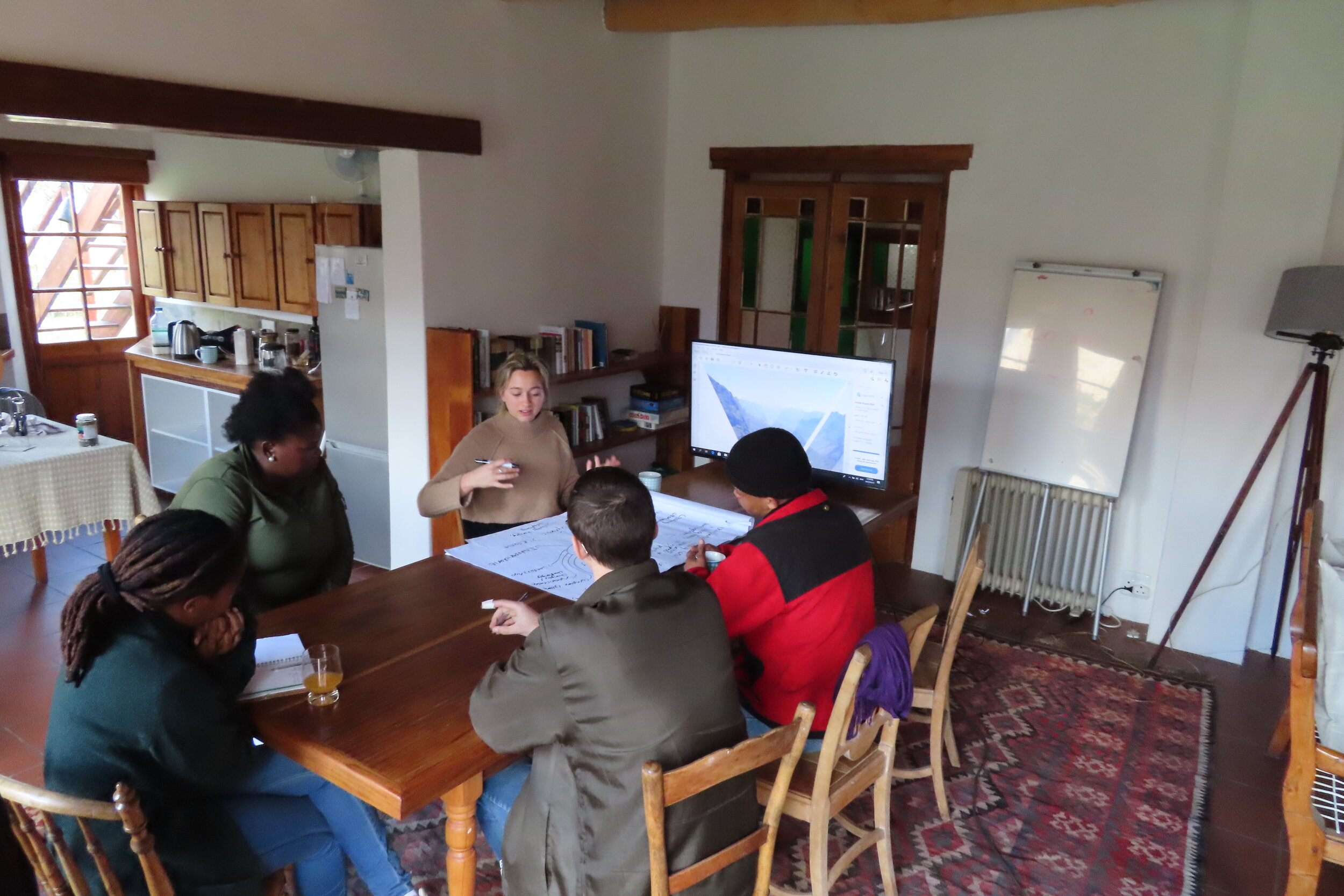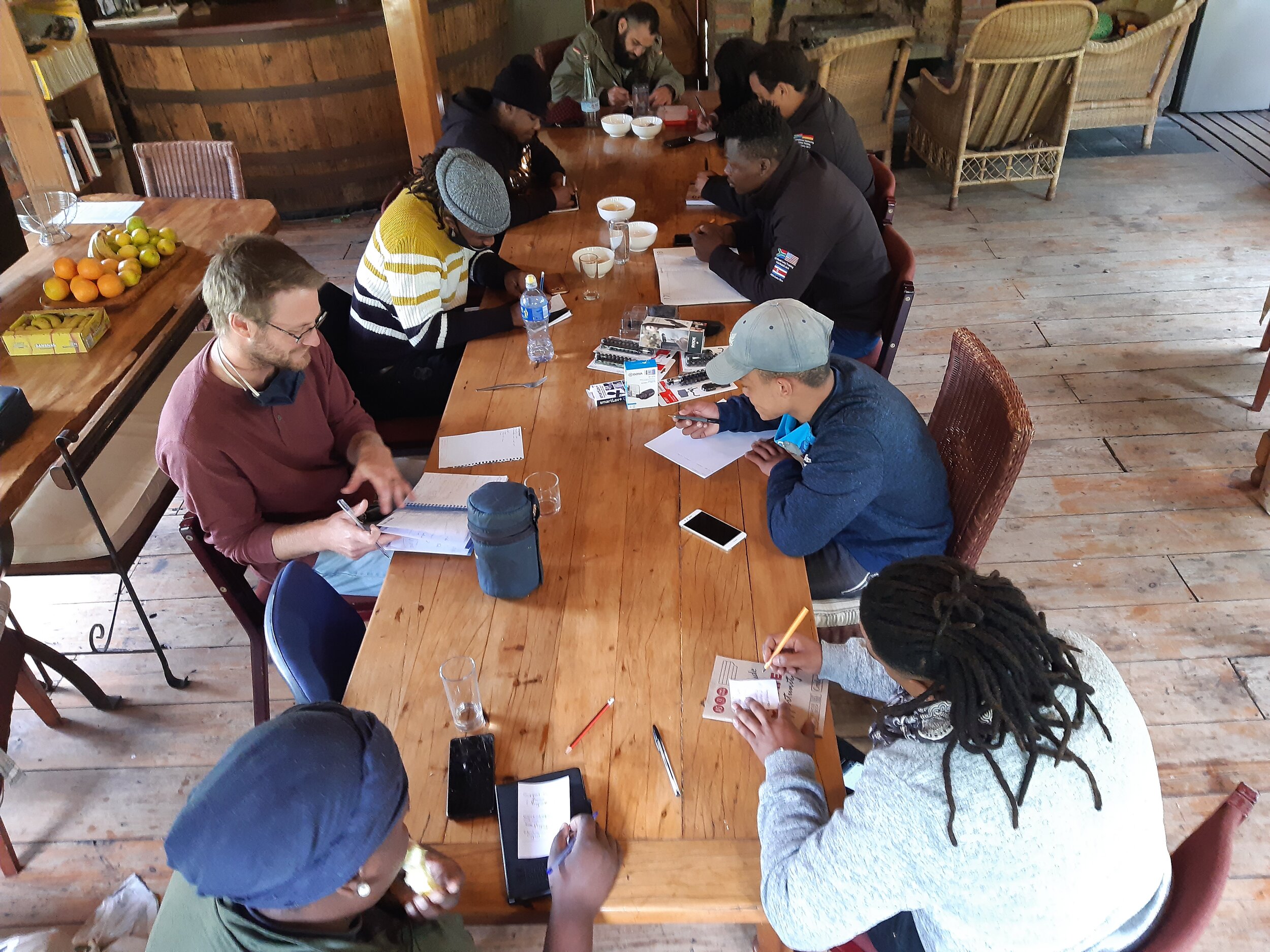Do we really appreciate soil as we should? That skin on the surface of the earth, which takes so long to grow, is extremely fragile, and yet without it there would be no living things.
Everything we wear, live in, drink, read and use, ultimately comes from soil. It hosts our food supply, filters water for clean rivers, creates amazing landscape and should be revered as the most complex ecosystem on the earth.
It is also the warehouse of excess carbon, kept full by plants that take carbon dioxide out of the atmosphere through photosynthesis, and produce carbon, essential to plant growth. When plants and other dead organic matter enter the soil, it becomes food for microbes that produce enzymes which convert the soil carbon back into carbon dioxide that goes back into the atmosphere. Fungi and bacteria, both decomposers ensure the right consistency of biomass, which together with minerals are the building blocks of soil.
This is how it should be!
But ignorance and greed have played havoc with huge areas of land, rendering the soil into nothing more than lifeless dirt. Once we have eradicated the living soul of soil, it is a long process to restore it. It took millions of years to make, but with good management and the right boost, it is amazing how it will regenerate itself.
Chemical fertilizer is salt-based, and kills the living organisms, which results in more and more industrialised nutrients required. Good for some pockets, but a killer to any ecosystem because the balance between living organisms has been compromised, demolishing eco systems. A system that is addicted to fertilisers, cannot be sustainable. It is sick, gets more symptoms and becomes susceptible and easy prey to pests.
This not only effects the plants, but has a direct effect on our health. Plants grown in dead soil, lack the minerals, vitamins, proteins and the multitude of other nutrients our bodies need. But no problem for Mr big pocket, he will sell us all of this in a capsule!
Destroyed soil does not host natural forests, so essential for the water cycle. Coastal forest absorb mist blown in from the sea, and feed the soil, as well as through transpiration feed the onshore wind with more water. Which is then fed to the next forest further inland, and then onto another. Through this process water is passed on to inland forest across the world. Destroy coastal soils, and the knock-on effect will cause desertification thousands of kilometres inland. Desert don’t produce much food!
Technology has allowed for positive scientific information to be shared with such a broad sector of society, allowing so many more people to realise that soil is an integral part of us. There is a new exciting awakening to the importance of preserving it in its natural form, and reversing the damage that has been done.
As Biosphere Reserves, with all our partners have been doing all we can to encourage this “soil” revitalisation awareness. Please come and join us.


















